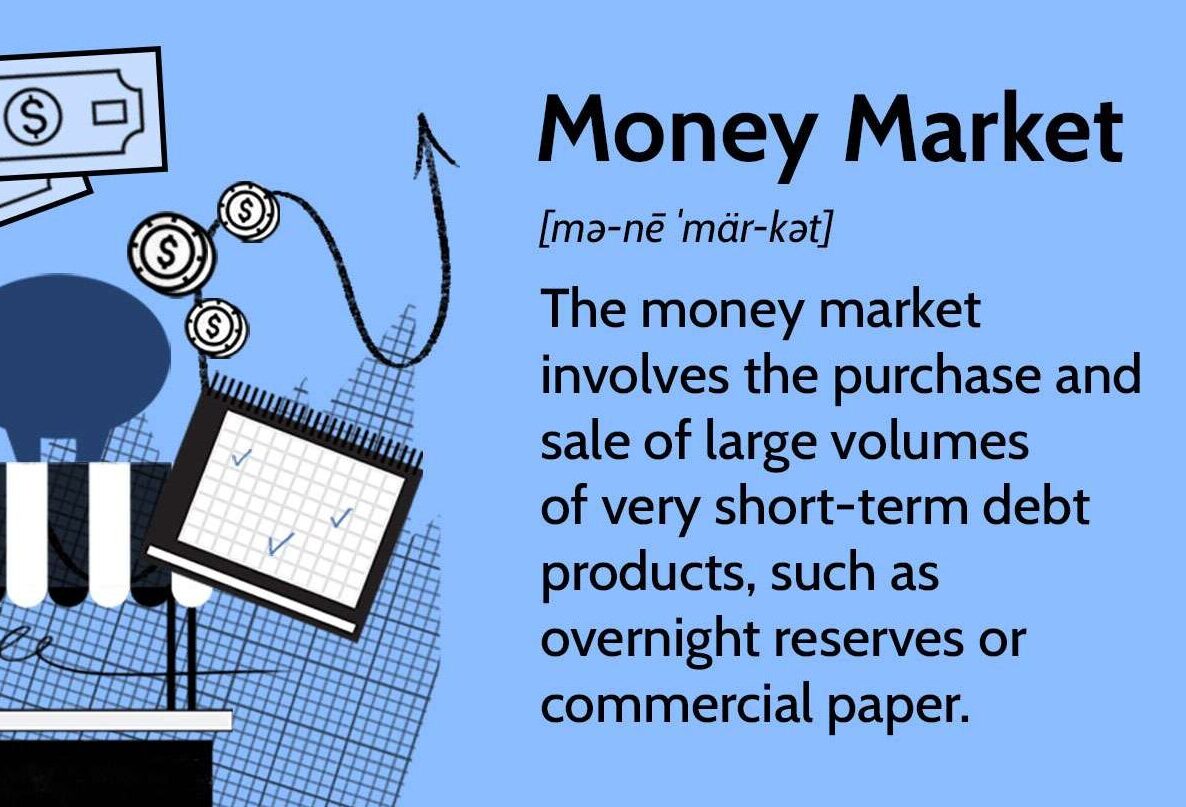An Overview on Capital Market Vs. Money Market
Ever wondered about the difference between the money market and the capital market? Well, they’re not as complex as they might seem. Let’s break it down.
The money market is where short-term debt gets traded. Think of it as a quick exchange of cash between governments, companies, banks, and other financial players. They borrow and lend money for short periods, ranging from overnight to just under a year.
Now, the capital market deals with long-term investments like stocks and bonds. These are the kinds of things that both financial pros and everyday investors get involved in, buying and selling over longer periods of time.
Both markets, along with some others, make up what we call the financial market. It’s where all the money action happens!

The Capital Market
The capital market is where stocks and bonds are traded. Its movements from hour to hour are constantly monitored and analyzed for clues as to the health of the economy at large, the status of every industry in it, and the consensus for the short-term future.
The overriding goal of the companies and institutions that enter into the capital markets is to raise money for their long-term purposes, which usually come down to expanding their businesses and increasing their revenues.
What are the categories of capital markets?
Capital markets can be broken down into primary and secondary markets. The primary market is where stocks and bonds are first issued to investors. The secondary market, on the other hand, is where securities that have already been issued are traded between investors.
What are 3 types of capital market?
Capital markets can include the stock market, the bond market, and the forex market. Each of these markets trade a different asset class.

The Money Market
The money market is a good place for individuals, banks, other companies, and governments to park cash for a short period of time, usually one year or less. It exists so that businesses and governments that need cash to operate can get it quickly at a reasonable cost, and so that businesses that have more cash than they need can put it to use.
The returns are modest but the risks are low. The instruments used in the money markets include deposits, collateral loans, acceptances, and bills of exchange. Institutions operating in the money markets include the Federal Reserve, commercial banks, and acceptance houses.
When a company or government issues short-term debt, it’s usually to cover routine operating expenses or supply working capital, not for capital improvements or large-scale projects.
About Liquidity
The money market plays a key role in ensuring that banks, other companies, and governments maintain the appropriate level of liquidity on a daily basis, without falling short and needing a more expensive loan and without hoarding excess cash that isn’t earning interest.
Individual investors may use the money markets to invest their savings in a safe and accessible place. Many choices are available, including mutual funds that focus on state money market funds, municipal funds, and U.S. Treasury funds. Many of the government funds are tax-free. A money-market fund also can be opened at most banks.
What are four examples of money market instruments?
Examples of money market instruments include certificates of deposit (CDs), commercial paper, Treasury bills (T-bills), and banker’s acceptances.
• The money market is a short-term lending system. Borrowers use it to get the cash they need for daily operations, while lenders use it to make their spare cash work.
• The capital market focuses on long-term investing. Companies issue stocks and bonds to raise money for business growth, and investors buy them to benefit from that growth.
• The money market is less risky than the capital market, but the capital market offers the potential for higher rewards.
Bottom Line
The money market and capital market are often discussed together because they form a large part of the global financial market.
The money market deals with short-term financial instruments with holding periods of a year or less. It serves as a platform for short-term lending and borrowing, where participants either access funds or earn interest. On the other hand, the capital market involves long-term securities like stocks and bonds. Here, companies raise capital to grow their businesses, and investors buy these instruments hoping to make a profit.
The key differences are in time and rewards. Money markets consist of short-term, low-risk investments, while capital markets focus on long-term investments with higher potential gains and losses.
For more informational content, Click Here
REFERANCE:
- Investopedia.com
- CNBC.com
- MoneyControl.com
Disclaimer:
The information provided here is for general informational purposes only and should not be construed as professional advice. The user acknowledges and agrees that any actions taken based on the information provided are at their own risk. We do not assume any responsibility or liability for any potential problems, losses, or damages incurred as a result of the use of information provided on this platform. Users are encouraged to seek professional advice and conduct their own due diligence before making any decisions based on the information provided. We disclaim all responsibility and liability for any actions taken or not taken based on any content on this platform
